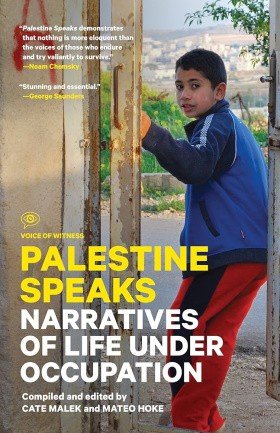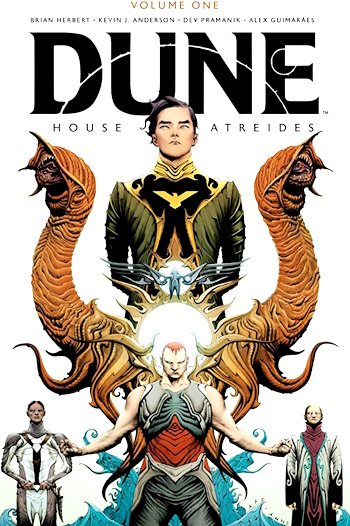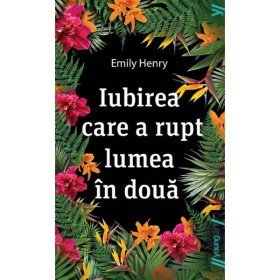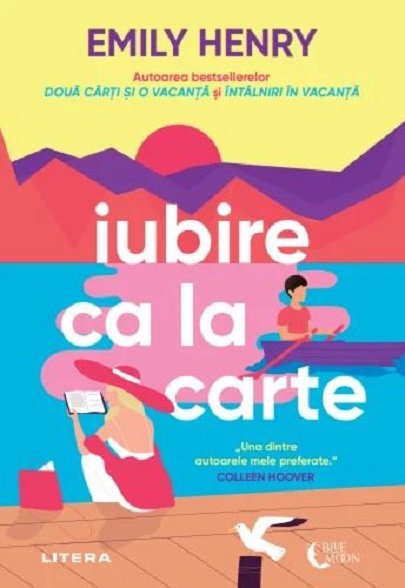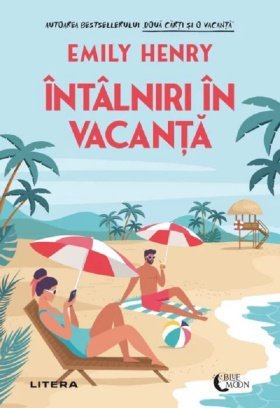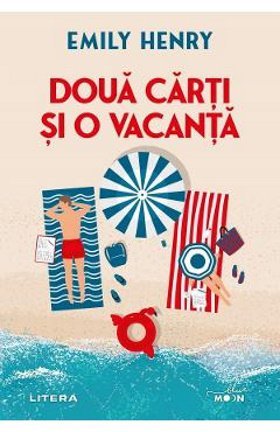I believe in non-violence. And I tell my children what happened. They ask me, “Why did this Jewish guy shoot you?” I tell them that it’s settlers, not all Jewish people. I tell my boys that the difference between the settlers and Jewish people is that the settlers have come here from all over, and they don’t really know or understand the land like the Jewish people who have lived here their whole lives do. We visit my friends from Jewish families, and they visited me when I was injured. I’ve worked with many Jewish people, so I speak some Hebrew. My sons know the difference between the settlers and the other Jewish people. They know. I have told them many, many times. But I also tell them that this is our village, we have to stay here. I tell them to be non-violent, because it’s better. If you want to fight something, if you use violence, you will lose.
The building of settlement homes in East Jerusalem continues to contribute to failure of peace talks between Israel and Palestine. In April 2014, the Israeli Housing Ministry authorized the construction of seven hundred new homes for settlers in East Jerusalem. In response, the Palestinian Authority pulled out of talks and unilaterally applied for statehood recognition from fifteen international treaty organizations. Immediately after, Israeli courts authorized the continued expansion and development of the City of David National Park in Silwan.
1 The Silwan pool is an attraction for both Jewish and Christian tourists visiting holy sites. It is said to have been the springs that fed Solomon’s gardens and is also the site of a miracle performed by Christ that is described in the Bible. It has been a source of fresh water for the city of Jerusalem for millennia.
2 The First Intifada was an uprising throughout the West Bank and Gaza against Israeli military occupation. It began in December 1987 and lasted until 1993. Intifada in Arabic means “to shake off.” For more information, see Appendix I, page 295.
3 By the mid-eighties, approximately 75,000 settlers lived in East Jerusalem. By the end of the First Intifada, the population had doubled to over 150,000 and has since increased to over 200,000.
4 At the time, 8,000 shekels equaled approximately US$2,800.
5 During the month of Ramadan, observant Muslims fast from sunrise to sunset each day.

MUHANNED AL-AZZAH IN FRONT OF HIS ARTWORK
MUHANNED AL-AZZAH
Artist, 33
Born in Al-Azzah refugee camp, West Bank
Interviewed in Bethlehem and Ramallah, West Bank
The Al-Azzah refugee camp in Bethlehem is barely more than an alleyway bordered by dozens of small houses jammed closely together. As one walks through the tight corridors, it’s hard to miss the haunting murals painted on the walls of the houses. These paintings are taken from the Handala cartoon series created by the late Palestinian artist Naji Al-Ali.1 In one mural, a girl’s hair is twisted into barbed wire. The painting on another house shows gaunt refugees packing their bags and preparing to flee. On another house farther down the street, fat politicians wag their fingers at an emaciated man in rags.
The artist behind these graffitied murals is Muhanned Al-Azzah. With a full beard on his lean face, Muhanned looks the part of an artist. He’s soft spoken but funny, and laughter accompanies all of our interviews.
Muhanned’s family gave the Al-Azzah refugee camp its name when they led the flight from their village in what is now Israel to Bethlehem during the Arab-Israeli War, or Nakba, in 1948.2 For Muhanned, as well as many other refugees, the dream of returning to lands lost in 1948 (and during the Six-Day War in 1967) persists, even if little remains today of those farms and villages. This dream of a right to return to property long ago claimed by Israel drives much of the politics of resistance within Palestine.3
Muhanned is a prolific painter, and his work can be found both on the sides of buildings and in galleries around the West Bank. On the day of our first interview, he is preparing a collection of abstract paintings for a show in London. Muhanned’s paintings explore different subjects, but his recurring focus is the three years he spent in an Israeli prison. At the end of our first interview, he shows us his rooftop studio, his paintings, and the bullet holes in the walls from the night of his arrest.
MY FAMILY HAS BEEN IN THE CAMP SINCE 1948
I was born here in the camp, in September 1981. My parents were born here too. In 1948, my grandparents on both sides left our land, our original village, Beit Jibrin, which is northwest of Hebron.4 Even though I’ve never visited Beit Jibrin, I feel I’m from there. I know all its details, since I’ve heard so much about it from my grandparents. I know that it’s our village.
I know the story of how my grandparents fled the village in October of 1948.5 One day the soldiers came with guns, planes, and tanks, and everyone in town fled to nearby caves. But some people came back to the village in the night to sleep inside their houses or get things they needed. Then Israeli soldiers entered each house. The first adult male they found inside a house, they brought him to an open space and shot him in front of everyone. The men knew that if they were caught, they might be arrested or shot, so they fled right away. The women followed with whatever they could carry. They didn’t have much money, and they couldn’t carry much with them. The most important thing was to bring documents to prove that they owned their houses and keep them someplace safe. Most villagers fleeing Beit Jibrin then came here to Bethlehem, where they set up a camp and named it Al-Azzah, after my family.
I have a twin sister, two younger brothers, and one younger sister. Life in the camp has been the same since I was a child. On a typical day, we wake up and the adults go to the main street to eat and talk, to speak about things that are important. Really, it’s like cocktail conversation—the news of the day, what’s happening with different families, what’s happening with the houses in camp. We have political discussions every day, but only in the evenings. In the morning, politics will destroy your brain.
This camp has a little over 1,500 people living in maybe 120 buildings, all packed close together. Everyone knows each other—people spend a lot of time outside because we have such small houses. On the one hand, it can be useful that the community is so close. If a family needs work done on their house, people from the neighborhood will just show up and help. If a family is hungry, a neighbor always has food for them. But you can’t expect any privacy here. If you make something good to eat, people are going to know about it and show up for a meal. If you just want some time to yourself, forget about it. You could be sitting in your pajamas trying to rest or think, and someone will show up at your house and say, “Hey, you wanna go get coffee?” It was especially hard for my sisters growing up. If they came home in the evenings even just a little late, everyone in the camp would know they were out late and gossip about them. The girls have an even harder time here than the boys, I think.
THE SOLDIERS WENT CRAZY WHEN THEY FOUND WRITING ON THE WALLS
I grew up dreaming of Beit Jibrin as a paradise. My grandparents always told us about how great life was for them there. Their home and garden in Beit Jibrin were as big as the whole refugee camp where my family lives now. All of my family has hoped that one day we’d be able to return there and live again in our own home.
That’s why we were against the Oslo Accords in the mid-nineties.6 The accords officially made the land that Beit Jibrin was on part of Israel. For us, we’ve always wanted a single state between Israel and Palestine so that we can return to Beit Jibrin. We didn’t want to accept the Oslo Accords, and some parties in Palestine didn’t either. The PFLP opposed the accords and the idea of two separate states that took our land in places like Beit Jibrin and just gave it up to Israel.7 The PFLP also supported the right of return, the rights of Palestinians to reclaim land lost in the war during the Nakba.8 So as I grew up, although there wasn’t really a single time or event that led me to it, I came to join the PFLP. There were other things I liked about them too—they weren’t a religious party. Hamas, that’s the big religious party. And Fatah, that’s the big party within the Palestinian Liberation Organization, they were always looking for compromise and were willing to accept two states.9 But the PFLP seemed like a fit for me—they represented my interests as a refugee from 1948. I’m not going to say much more about their beliefs, though, because I don’t want this story to sound like propaganda!
As I grew up, I got more and more into art. My father was an Arabic Literature teacher, and my parents sent me to classes and workshops in Palestinian art at a young age. I grew up seeing art as a way of resistance, through graffiti. During the First Intifada, in 1987, there was no media, there was no radio to cover all that was happening in Palestine.10 But there were the walls of the houses. They were the only place for media. For example, if there was to be a strike the next day and everyone had to close their shops, there was no simple way to get the message out. So in the night, some people with masks would go into the street with spray paint and write, “Tomorrow, August 9, will be a day of strike for all the shops and schools.” So in the morning, everybody could see it.
And every day, when the people went outside, the first thing they did was look at the walls. Sometimes the message was, “Next week, we are gathering for a demonstration on Tuesday.” Sometimes there was writing about a martyr, someone who was killed in Bethlehem.11 The soldiers, when they came in the camp, they’d go crazy when they found this writing on the walls. They would arrest people, and every day there was a fight over who should clean it up. Some people cleaned it, some people refused. And it was very dangerous when artists went out at night to write on the walls.
I was doing some of the same sort of thing even as a teenager. Art was my own individual way of resisting, but we can’t do much just as individuals to resist—that just leads to chaos, so that’s why I joined the PFLP. More than anything I wanted a chance to go back some day to live in Beit Jibrin, and so a lot of my art has been about being a refugee, about wanting to return home.
After high school, I went to Al-Quds University in Abu Dis to study painting.12 I also had a chance to study traditional arts in Morocco—decoration, Andalusian art, mosaics, and writing.13 When I returned home, I continued to study Palestinian art and culture, and I stayed politically active as well.
I was part of the PFLP through 2004, when I was around twenty-two. I met with other members and organized protests and other campaigns on campus. The Israelis considered the PFLP terrorists and an illegal political party, and so I knew that I could be arrested one day, and maybe even killed. But at that time I was feeling that we were under occupation and somebody must do something to change this situation, and anything anybody could do for Palestine was for the good.
SOMETIMES PEOPLE JUST DISAPPEAR
Late on the night of April 15, 2004, I was home asleep. I slept in an apartment on the roof, where I also had an art studio. My whole family was there, and they stayed on the second floor of the building. We had a friend staying with us as well. My uncle’s family lived on the ground floor. Suddenly I woke up hearing megaphones. I knew it was the Israeli military. They were ordering everyone out onto the street, demanding that everyone on the block come out of their homes.
I got out of bed quickly and my first thought was how I could escape. I went to the window and looked out. I saw my neighbors filing out of their homes, and Israeli soldiers were there with jeeps and vans—it looked like they were circling the entire camp. As I watched, the soldiers were moving toward our house, starting to circle it. Then they called out my name through the megaphone. They spoke directly to me in Arabic. “Muhanned Al-Azzah. You cannot escape. Put your hands up and leave the house.”
I took my time, if I can speak freely, to hide whatever I didn’t want them to take when they searched the house. I hadn’t been part of planning any big operations or doing anything violent, but it was against Israeli law to even promote or be part of the PFLP. I guessed they were arresting me because someone had let them know I was organizing for the party.
All I could think was that I might die in a moment, and I asked God for just a few more moments to live. My adrenaline was so high, it wasn’t a matter of being strong or not strong, just wanting to survive. But I took my time and put on warm clothes. I knew if I went outside, there would be no time to come back and get clothes. After a few minutes, they started shouting into the megaphone again. By this time, the rest of the people in my house were already outside. I started to see the red laser lights of their guns all over my room. They fired a couple of shots at the house. And they kept demanding that I come out, even as they were shooting at my window. I hid as best I could while I decided what to do next.
After some more time, they brought my mother from the street to my bedroom door. She told me to open the door, that it was safe to go outside. So finally I opened the door and went out with five laser sights hovering over my body. I was terrified.
My neighbors were all outside their houses sitting in the street in the middle of the night. There were maybe fifty people, my family and neighbors, watching and waiting for me.
The soldiers didn’t tell me why they were arresting me. They told my family they needed to speak with me for five to ten minutes and then I’d come back. My mother was crying, but she couldn’t move because there were a lot of soldiers surrounding her. She couldn’t tell me goodbye. My family knew I would come back, but not when—in one hour? One day? One hundred years?
After the soldiers handcuffed me, they put me in one of their jeeps, and we drove for what seemed like a couple of hours. We ended up at Al-Muskubiya in Jerusalem.14
The room where they took me was small—maybe eight feet by eight feet, white, with air conditioning. There was a white light, a table, and computer—these were the only things in sight, other than a chair in the middle of the room. The chair was fixed to the ground. They cuffed my hands behind the chair and chained my legs and hands to it. I couldn’t move a millimeter.










